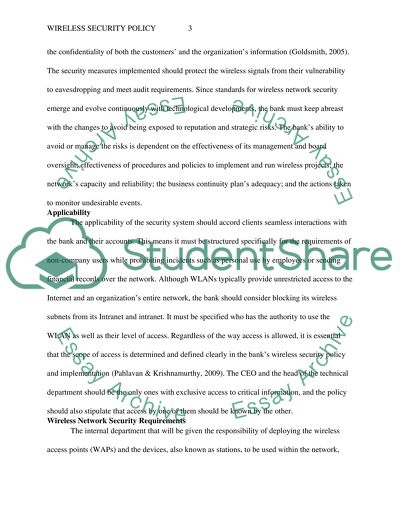Cite this document
(“Wireless Security Policy Assignment Example | Topics and Well Written Essays - 1250 words”, n.d.)
Retrieved from https://studentshare.org/information-technology/1479641-wireless-security-policy
Retrieved from https://studentshare.org/information-technology/1479641-wireless-security-policy
(Wireless Security Policy Assignment Example | Topics and Well Written Essays - 1250 Words)
https://studentshare.org/information-technology/1479641-wireless-security-policy.
https://studentshare.org/information-technology/1479641-wireless-security-policy.
“Wireless Security Policy Assignment Example | Topics and Well Written Essays - 1250 Words”, n.d. https://studentshare.org/information-technology/1479641-wireless-security-policy.


